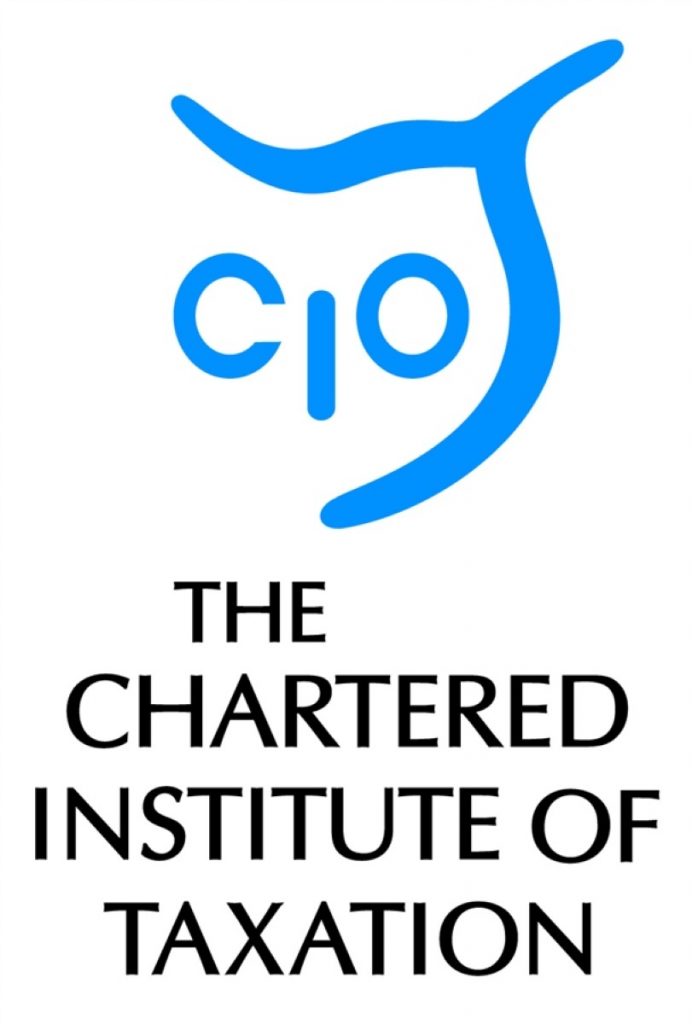The Low Incomes Tax Reform Group (LITRG) is urging people to check the accuracy of figures in tax calculation letters (forms P800) that may hit their doormats shortly, which may show an unwelcome amount of tax due or a surprise refund.
HMRC has begun sending out tax calculations for the 2015/16 tax year and LITRG is telling taxpayers to check the figures carefully to make sure their income is correctly shown and that they are getting all the allowances they are due, especially the new marriage allowance which will be taken into account on P800s for the first time.
For people who do not normally fill in a tax return, HMRC each year compares the amount of tax deducted from wages and pensions with the amount that was actually due. Where there is a difference, it issues a tax calculation on form P800 which shows how much tax HMRC thinks is either owed or due to be refunded.
LITRG has published an updated guide for checking these calculations1 showing what to do if people think their P800 is wrong or if they think they may have difficulty paying any tax that is shown as being due.
Anthony Thomas, Chairman of LITRG, said:
“Check the calculation carefully, making sure the figures match with your own records. Errors may be found, for example in the amount of state benefits shown, including the state pension; and investment income figures may be estimated based upon a previous year. Drawing on pension income flexibly may also have caused the wrong amount of tax to be collected during the year.
“Check you have been given all the allowances you are entitled to. The marriage allowance was new for 2015/16. If eligible, this enables one of the partners in a marriage or civil partnership to transfer part of their personal allowance to the other. This can still be claimed for 2015/16 and it could save a couple up to £212 for the year.”2
Many of the people who receive such calculations will have had more than one job or some change in their circumstances during the year that has meant that the wrong amount of tax was collected by the Pay As You Earn (PAYE) system.
Anthony Thomas added:
“Most of the calculations issued will be correct, but some will show tax due as a result of errors by HMRC or by your employer or pension provider. It is important that you work out why you did not pay the right amount of tax, so that you do not pay more tax than you have to or mistakenly keep a refund that is not in fact due.”
Notes for editors
1. The guide can be found on the LITRG website: http://www.litrg.org.uk/tax-guides/employed/what-if-i-do-not-pay-enough-tax
2. The marriage allowance can be claimed up to four years from the end of the tax year to which the claim relates, as can most other tax allowances. So the marriage allowance can be claimed up to 5 April 2020 for the 2015/16 tax year. You can read more about the marriage allowance and how to claim it on the LITRG website: http://www.litrg.org.uk/tax-guides/tax-basics/what-tax-allowances-am-i-entitled#toc-can-i-transfer-my-allowances-to-my-spouse-or-civil-partner- . The marriage allowance is not the only tax allowance that can be claimed at any time in the following four (tax) years.
3. Low Incomes Tax Reform Group
The LITRG is an initiative of the Chartered Institute of Taxation (CIOT) to give a voice to the unrepresented. Since 1998 LITRG has been working to improve the policy and processes of the tax, tax credits and associated welfare systems for the benefit of those on low incomes.
The CIOT is the leading professional body in the United Kingdom concerned solely with taxation. The CIOT is an educational charity, promoting education and study of the administration and practice of taxation. One of our key aims is to work for a better, more efficient, tax system for all affected by it – taxpayers, their advisers and the authorities. The CIOT’s work covers all aspects of taxation, including direct and indirect taxes and duties. The CIOT’s 17,600 members have the practising title of ‘Chartered Tax Adviser’ and the designatory letters ‘CTA’, to represent the leading tax qualification.





-01.png)